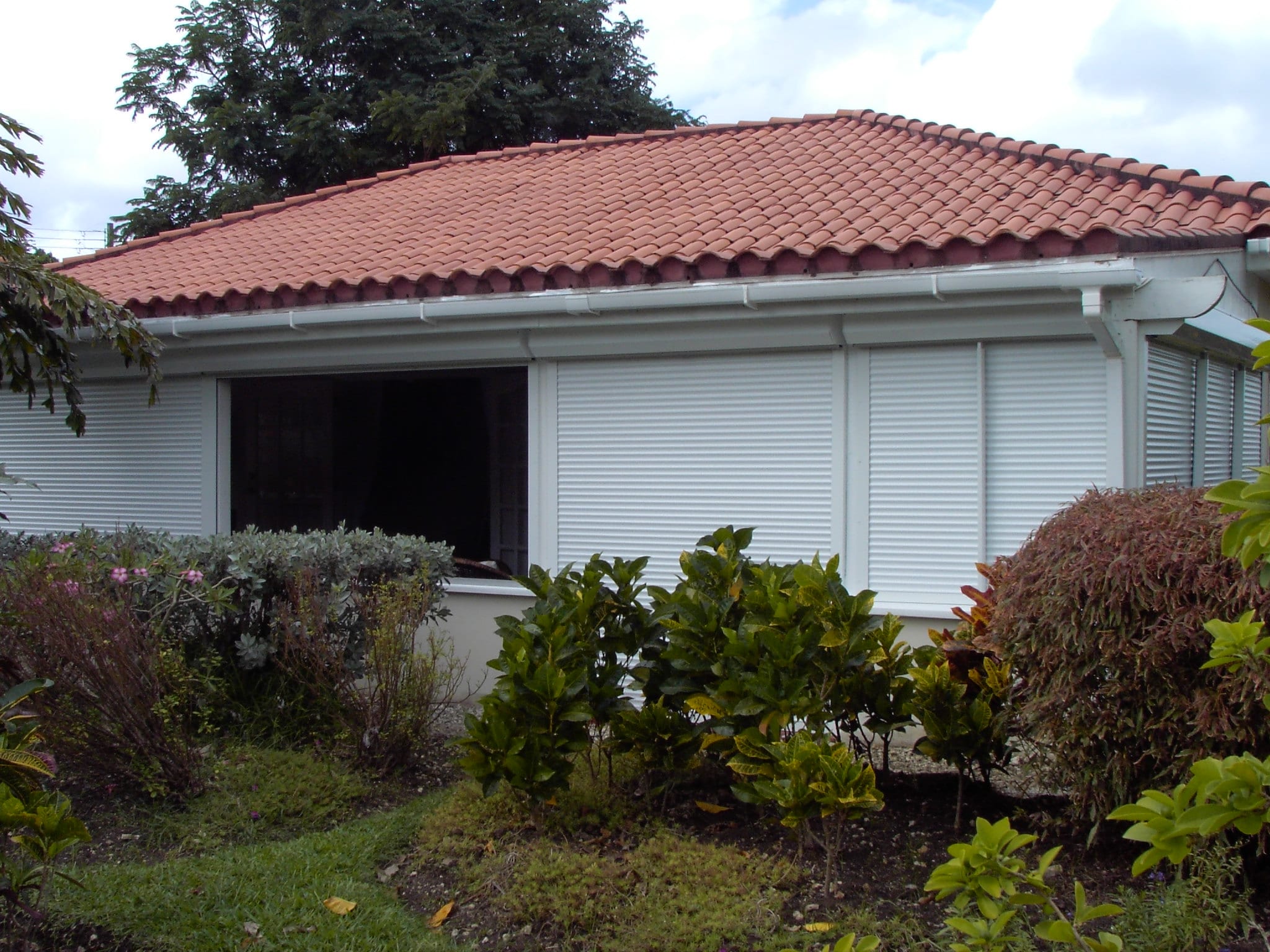The theme for 2018’s Emergency Preparedness Week is Be Emergency Ready. Being ready for an emergency is one of the best ways of ensuring your own well-being and the well-being of your family. One of the easiest steps to take to make certain that everyone stays safe is to create a plan of action in advance of an emergency and practice it until everyone knows it so well that they won’t forget a step, even in the midst of the fear and anxiety produced by an actual emergency.
Preparing Your Emergency Plan

While all emergency plans will have some elements in common, it’s still clear that no one-size-fits-all plan will serve everyone everywhere. To have an effective plan, you will need to include steps that take into account the types of emergencies that are most likely to occur in your region. You can find this information on the Know the Risks section of the Government of Canada’s Get Prepared website.
Your plan should include where your family will meet if you are not together if an emergency occurs. That location might be different for different types of emergencies. You should also determine who should be responsible for picking up your children and elderly or disabled relatives. In case you need to send someone to pick up your children other than the person designated in your plan, you should agree on a code word that is unique but easy for your children to remember. When that person uses the code word, your children will know that it’s safe to go with the person you’ve sent. You can find more help on the Make a Plan section of the Get Prepared website.
Preparing Your Emergency Supply Kit
Once you know the types of emergencies that can occur in your area, you should list the types of emergency supplies that you should always have on hand at home and in your car. The supplies you need will depend on whether you will be sheltering in place, evacuating to a shelter, or whether, in a less populated area, you might need to evacuate and provide your own shelter, such as a tent and sleeping bags, for some period of time. You should include enough supplies to be self-sufficient for at least 72 hours.
Keep the emergency supplies for your home somewhere that you will be able to access easily, even in the dark. Consider keeping at least some of the emergency supplies for your car within reach of the driver rather than in the trunk.
Having everyone carry at least some of their own supplies in backpacks lightens the weight of things that you might prefer to carry in a duffel bag, such as your identifying documents, copies of important papers, prescriptions, and medical records. Backpacks also allow everyone to personalize some of their choices. Allow some space for a few items that will help to pass time and keep everyone calmer – small games, books, comic books, coloring books for children and adults, small craft projects, or anything that is easily transportable that your family members enjoy that won’t disturb others in a shelter. The Get an emergency kit! section of the Get Prepared website has a checklist of items to consider when creating an emergency kit.
Preparing Your Home

You should know where your home’s shutoffs are for your utilities (electricity, water, and gas) in case you are asked by officials to turn them off. Leave them on, though, until you are asked to turn them off. While you can turn the water and electricity back on yourself once officials tell you that you can do so, you will have to wait until gas company employees can restore your gas. In a case where it has been necessary to shut off the gas to large numbers of homes, it could take weeks before everyone’s gas is restored. You don’t want to be on that waiting list because you turned your gas off prematurely.
Larger generators can power your lights and some appliances or even almost everything in your home when the power goes off. If you use one to power your home while your electricity is off, though, be certain that your home is disconnected from the power grid. If it’s not disconnected, your generator can feed electricity into the grid. Someone working to restore power could pick up what they believe is a dead line and be electrocuted by the power from your generator.
If you live in an area that is subject to hurricanes, nor’easters, tornadoes, large hail, and other events that could potentially damage your windows, rollshutters can protect your windows from hailstones and flying debris. Rolling shutters come with either manual or motorized controls which ensure a smooth operation. If you think that you may need to evacuate, take the time in advance to lock all the doors but the one you will use to exit, lock all of your windows, and put your roll shutters down for extra protection from break-ins. Then, be sure to lock the door you use to make your exit before you evacuate.
For an extensive set of preparedness checklists, visit the Your Emergency Preparedness Guide section of the Get Prepared website.












